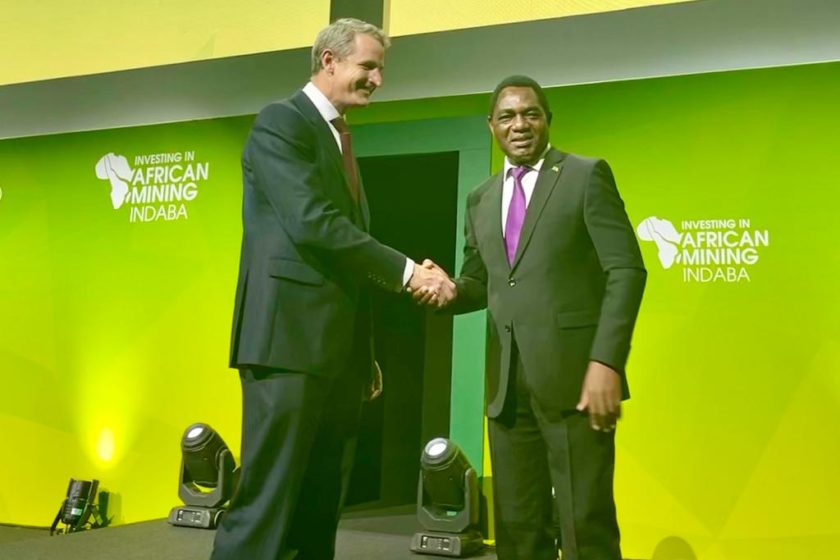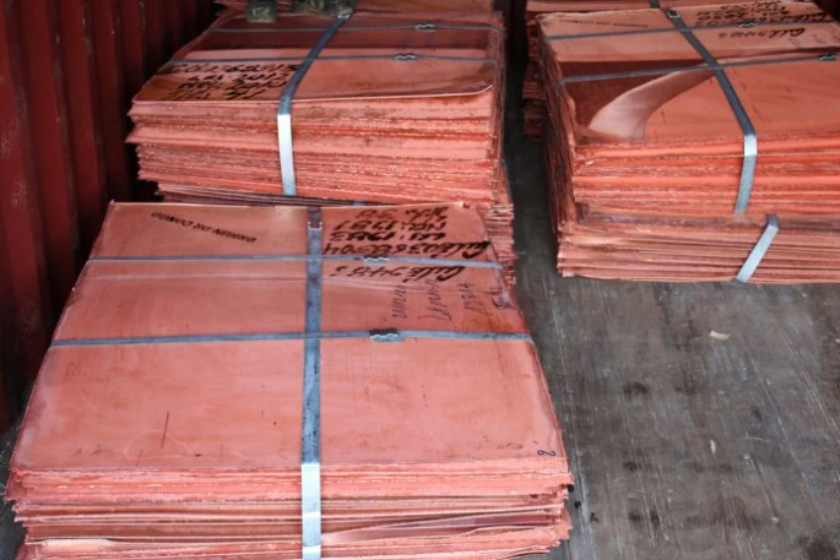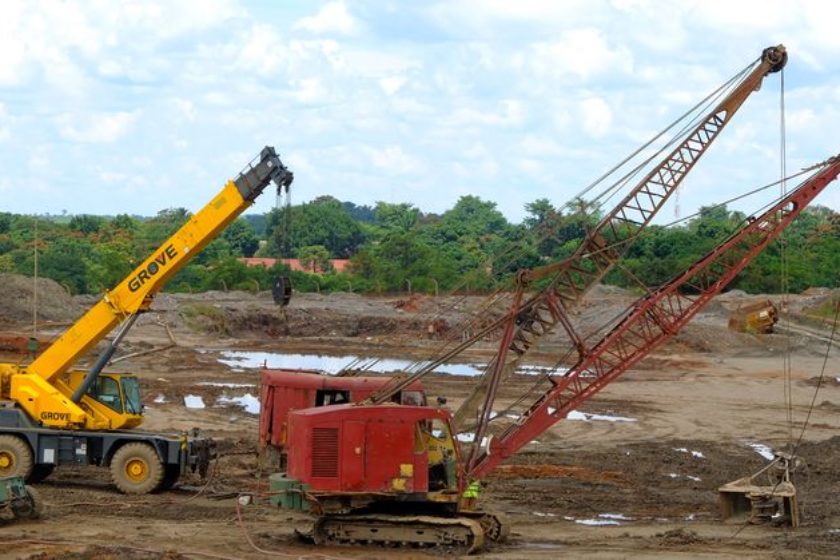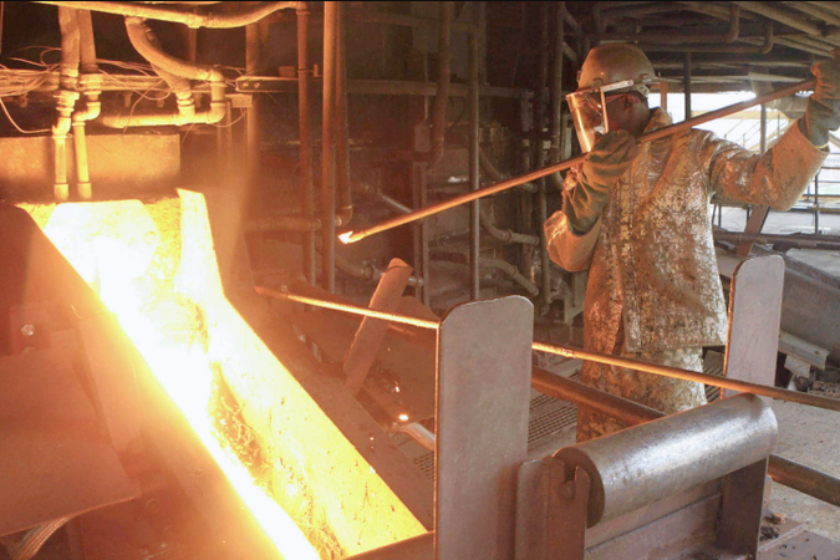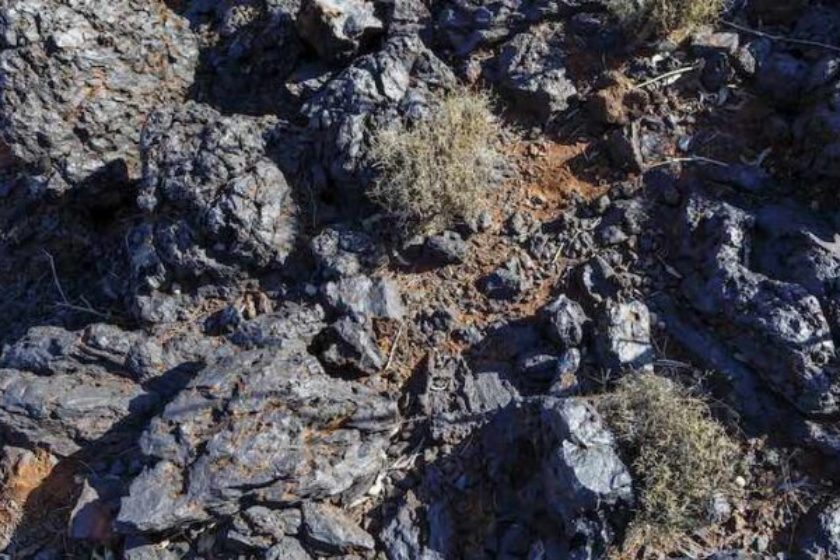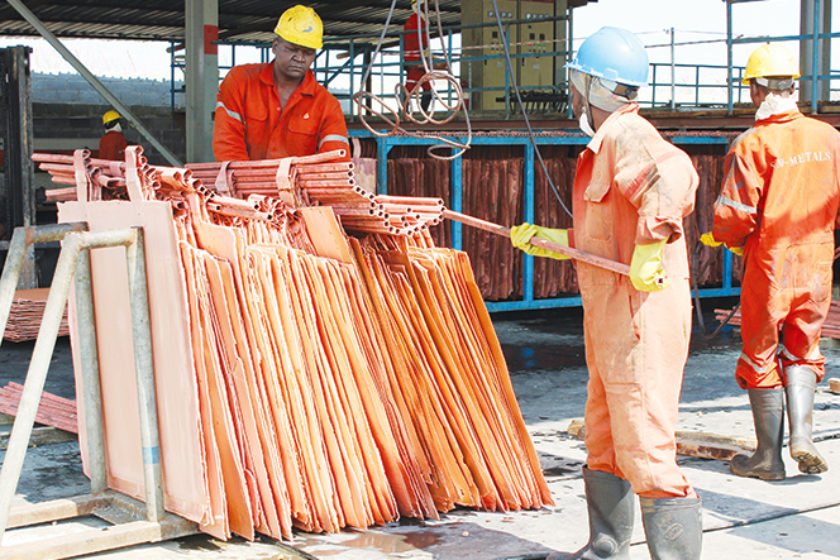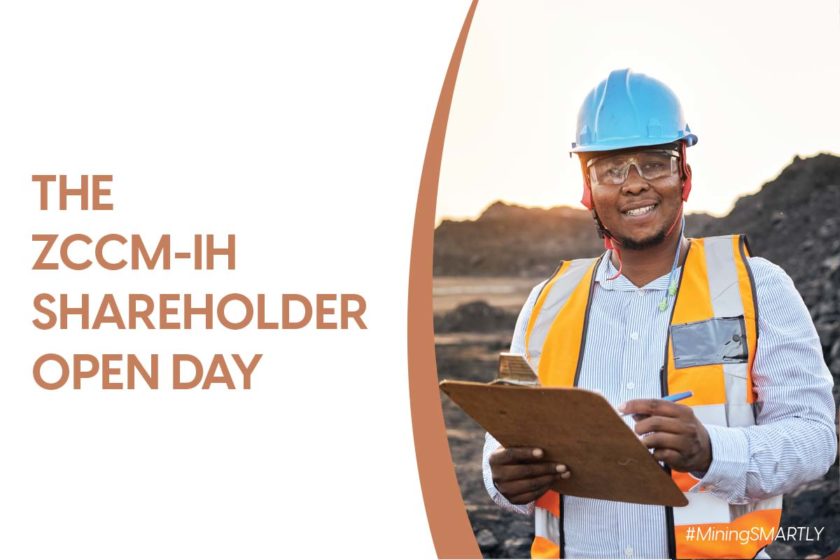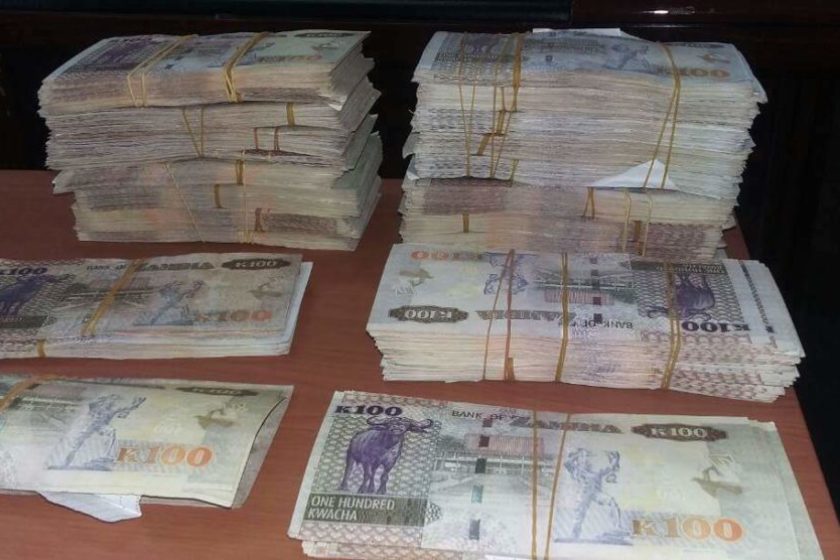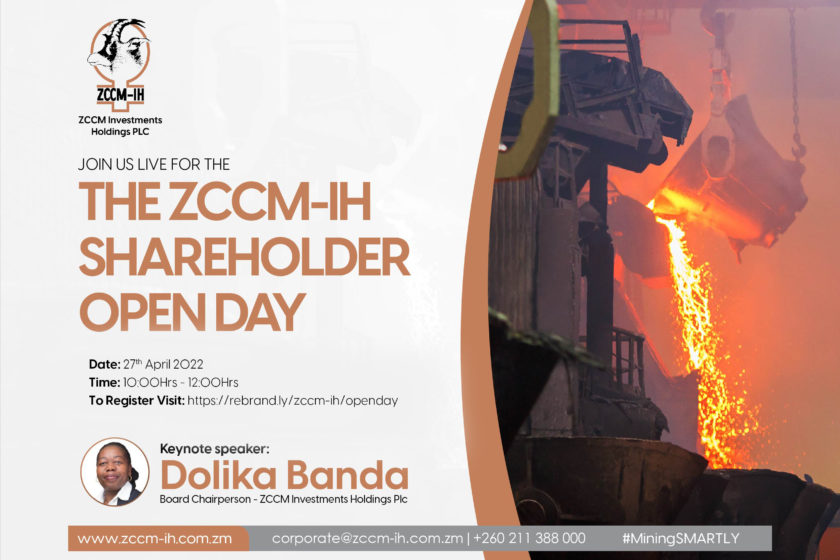The ‘Investing in African Mining Indaba’ has long been an event that brings together investors, political leaders, commodity traders, and companies across the mining value chain to network and, crucially, to identify investment opportunities during four busy days at Cape Town’s International Convention Centre. It is these opportunities – and the potential spotlight which Africa’s largest mining event provides – that convinces ministers and presidents to converge in the continent’s southern-most country each year.
This year, Zambia seized opportunity with both hands. Never before has the continent’s second largest copper producer brought such a senior delegation, led by the President, to the Indaba – and it massively paid off.
On 9 May 2022, just an hour into the event, the irresistible optimism of President Hakainde Hichilema’s keynote address was reverberating through the exhibition hall, and into investment houses and newsrooms around the world. By 11am, the globally significant mining event was abuzz with the mantra “Zambia is back.”
“The irresistible optimism of President Hakainde Hichilema’s keynote address reverberated through the exhibition hall.”
It was not an axiom proclaimed by President Hichilema himself, although his speech contained no shortage of inspiration. These were the words of Tristan Pascall, incoming Chief Executive Officer (CEO) of First Quantum Minerals (FQM), the international mining giant which first invested in Zambia 26 years ago as a junior miner. Mr Pascall’s first act as CEO was to take centre stage and announce a US$ 1.35 billion investment affirming “a commitment to investing in Zambia’s future.”
US$1.25 billion of this game-changing sum, which is the largest financial commitment to Zambia in a decade, will be used to expand operations at Kansanshi mine and smelter in Solwezi – a long-awaited project collectively known as ‘S3’. An additional US$100 million will be allocated to starting up its Enterprise nickel project in Kalumbila, into which US$150 million has already been invested by FQM.
Since President Hichilema came to power in August 2021, his Administration has been hard at work behind the scenes engaging with stakeholders in the mining sector to restore investor confidence and reinvigorate its standing as a world class mining destination. “The [new] Government of Zambia has been clear on its intent to grow the economy and reform the investment climate of the country, and this effort has come to fruition today,” said Mr Pascall. President Hichelema’s announcement of a ‘new dawn’ for Zambia’s mining sector provides the platform necessary for stable, durable and responsible mining in Zambia, he added.
“I think FQM’s investment sends a very positive message to other existing (and potential) investors who are thinking of increasing their financial commitments in Zambia,” said Mr Peter Leon, partner and Africa Co-Chair at global law firm, Herbert Smith Freehills, who attended the event in Cape Town. “Everybody I spoke to at the Indaba was very positive about the country. President Hichilema made two really important points in his speech. One was zero tolerance for corruption, which is a very good message to investors. He also said, ‘Stop speaking about Africa’s potential; African leaders need to start getting things done.’ I don’t think I’ve heard a speech from an African head of state quite like that before.”
CEO of Gemfields Sean Gilbertson agreed, calling the President’s speech “superb.” Gemfields owns a 75% stake in Kagem, the world’s single-largest producing emerald mine, located south of Kitwe in Zambia’s Copperbelt Province. “I would say that this is the most upbeat and excited we’ve been about Zambia since we first arrived in 2008,” he said.
“President Hichilema clearly recognises that the time for change is here, and that there’s an urgent need to stop the history of corruption and get things done in a way that allows the true owners of the natural resources to start benefiting.”
“I would say that this is the most upbeat and excited we’ve been about Zambia since we first arrived in 2008.”
Chief Financial Officer (CFO) of Copperbelt Energy Corporation, Mr Mutale Mukuka, is excited about the opportunity to support Zambia’s growing mining sector, saying “the business environment has significantly improved, allowing for more investments in the country.”
“Copperbelt Energy Corporation is taking strides in the renewable energy space and, by partnering with the mines, we are also helping them to achieve their Net Zero emissions goals, by adding a more renewable, sustainable energy source to the production cycle.”
Mr Mukuka expects to see tangible positive effects from FQM’s investment very soon. “Firstly, once construction [on S3 and Enterprise] commences, there will immediately be a need for supporting services and infrastructure. This is the growth that comes with mining, and where we expect to see a lot of benefits. Mining has never been a stand-alone sector. Secondly, the investment is timely in that it allows Zambia to extract resources now while commodity prices are reasonably high. We know for sure that, based on commodity prices trends, we’ll have booms and recessions, so we need to maximise production now to get maximum benefit as a country.”
Ms Dolika Banda, board chair of state-owned ZCCM Investments Holdings, the successor company to Zambia Consolidated Copper Mines Limited, referred to a “buzz” that followed President Hichilema around the Cape Town International Convention Centre this week. “I think ‘Brand Zambia’ really exploded in a manner that has never before been seen at an Indaba,” she said. “First Quantum’s investment has galvanised people’s curiosity, making people ask, ‘How can we be part of this conversation?’ It’s driven home the message that Zambia is open for business.”
The buzz of optimism that President Hichilema left in his wake was no accident. Zambia’s new Administration has shown the world that it understands well – with the characteristic savvy of a leader who has achieved business success on his own steam – that investors need policy stability and predictability in as long-term an endeavour as mining. This week, Zambia used its moment in the limelight to make that abundantly clear to the world.
Image: President Hakainde Hichilema (right) pictured with Tristan Pascall, incoming Chief Executive Officer (CEO) of First Quantum Minerals (FQM) (left) at the 2022 Investing in African Mining Indaba.
Source: https://miningforzambia.com/zambia-back-voices-weeks-mining-indaba/

